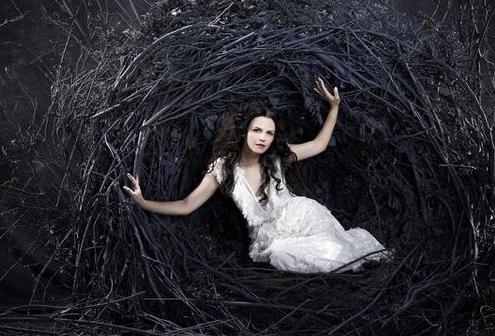The longer Oxford English Dictionary defines a fairy as follows: ‘[A fairy is one] of a class of supernatural beings of diminutive size, in popular belief supposed to possess magical powers and to have great influence for good or evil over the affairs of man.’ This is fine as far as it goes but why ‘dimunitive’? Fairies were often described as human-size or bigger. We prefer another simpler if very tentative definition: ‘fairies are living supernatural humanoids’. ‘Supernatural’ means, as the OED explains, that these are magical perhaps even non-physical creatures. You are unlikely, in short, to catch them with a butterfly net. By ‘humanoid’ we mean that big or small, ugly or beautiful fairies have a human form: dragons aren’t fairies, whereas mermaids or trolls could at a stretch be so classed. And ‘living’ is meant to help distinguish fairies from ghosts. However, any definition for something as mercurial as fairies is doomed to failure and even these three modest adjectives have their limits. Many late nineteenth-century writers played with the idea of fairies as an alternative human race, either technologically inferior or even a breed apart: according to this definition fairies are not supernatural, they are simply a different type of human. As to ‘humanoid’ what about the shape-changing fairies who become balls of wool or dogs? Then, even, ‘living‘ is sometimes doubtful. The Irish fairy tradition particularly associated fairies with the dead and in north-western England a ‘boggart’ was a word for a fairy-ghost. Define a fairy and it will squeeze through your fingers.


